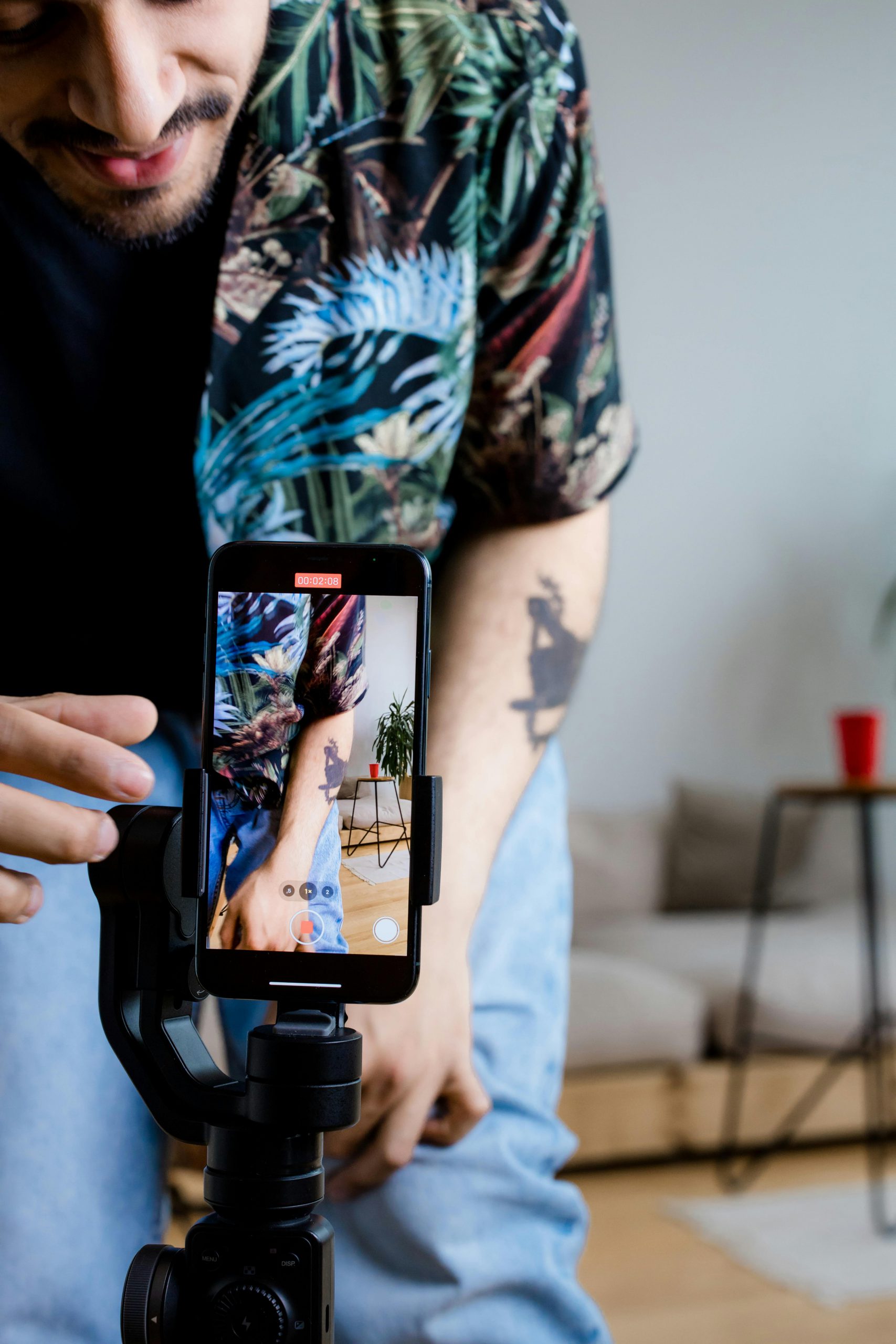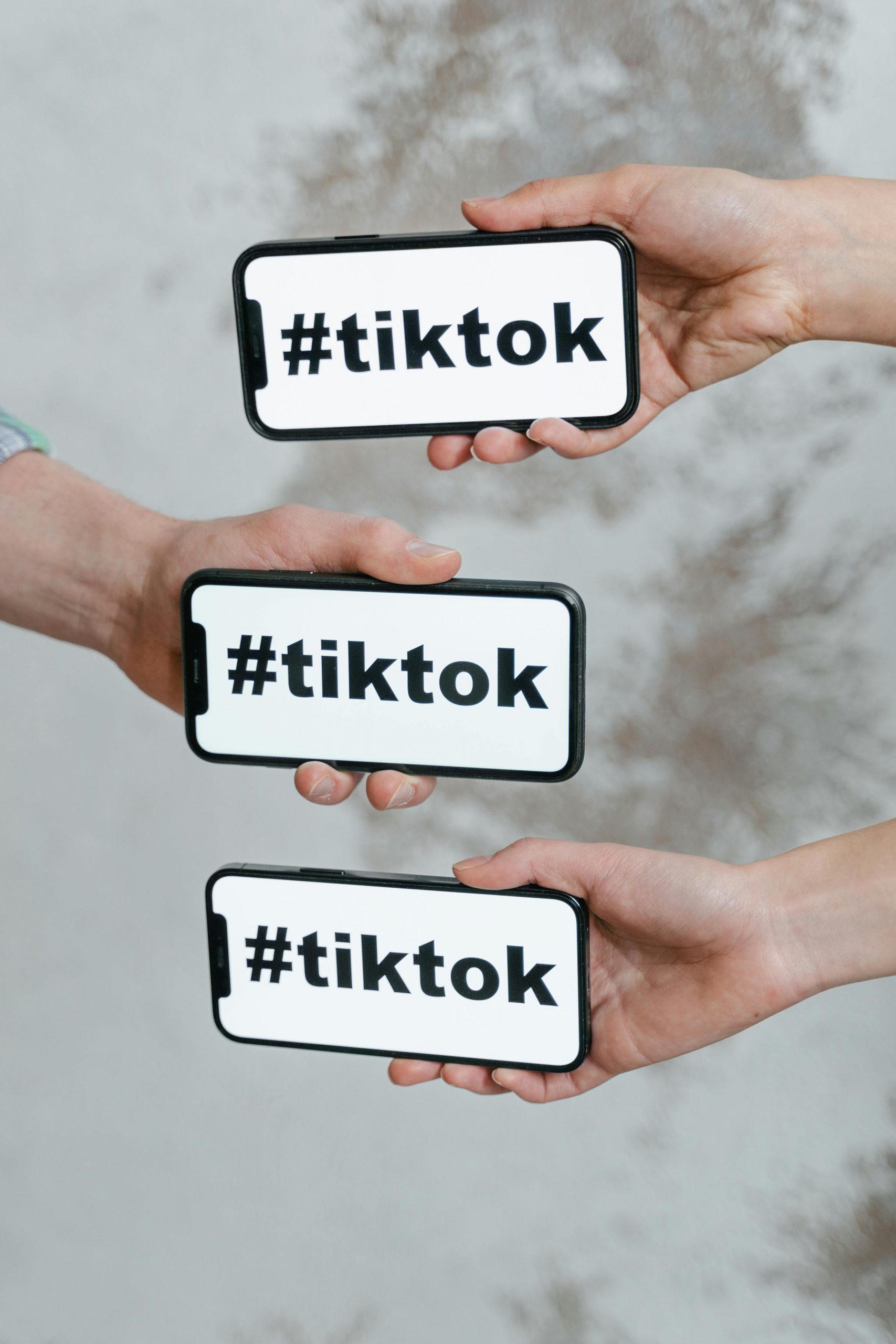AUTHENTIC CONNECTIONS WITH
Influencer Marketing
In today's rapidly changing influencer marketing landscape, the spotlight is turning towards niche influencers. Unlike their mainstream counterparts, these influencers have smaller yet highly engaged audiences centered around specific interests. This focus on particular communities allows them to create deeper, more personal connections with their followers. As a result, their endorsements tend to be perceived as more genuine and trustworthy. Niche influencers often have a passion for their subject matter, whether it's sustainable living, tech gadgets, or niche hobbies. This expertise makes their content more relatable and authentic, resonating strongly with their audience. Their followers view them as knowledgeable peers rather than distant celebrities, which enhances the credibility of the products and brands they recommend.
Nano Influencers = Big Impact
This trend towards smaller, specialized influencers is gaining momentum as brands recognize the value of authentic engagement over sheer numbers. By collaborating with niche influencers, brands can tap into dedicated communities that might otherwise be difficult to reach. This targeted approach not only improves the effectiveness of marketing campaigns but also fosters a sense of trust and loyalty among consumers.

Authenticity Over Clout
Micro Influencers Are Running the Show in 2025
The best part? Micro and nano influencers aren’t just more affordable - they bring way more authenticity to the table. When someone with 5K or 10K followers hypes up a brand, it feels like a friend giving you a solid recommendation, not a sales pitch. Their engagement rates are through the roof because they’re actually interacting with their followers—not just posting and disappearing. This means better connections, more trust, and, ultimately, higher conversion rates for brands. If you’re still throwing money at mega influencers with low engagement, it might be time to rethink your strategy.

Shifting Trends in Influencer Marketing
Many brands are moving away from traditional influencers with massive followings in favor of collaborating with micro and nano influencers. This shift is driven by the need for authenticity and genuine engagement. Unlike traditional influencers who may promote products for the sake of endorsement, niche influencers typically have a more genuine connection with their followers. This makes their recommendations more credible and trustworthy. Additionally, working with smaller-scale influencers often results in more cost-effective campaigns, allowing brands to allocate their marketing budgets more strategically.
Niche influencers often cater to specific communities with particular interests, making their content highly relevant and engaging for their audience. Brands benefit from this focused approach as it allows them to reach potential customers who are already interested in their product or service. This can lead to higher engagement rates and more meaningful interactions compared to campaigns involving broader audiences.
Another advantage is the agility and flexibility that come with collaborating with micro and nano influencers. These influencers are usually more approachable and open to experimenting with different types of content. This can result in more creative and authentic campaigns that stand out in a saturated market. Brands can work closely with these influencers to co-create content, ensuring that the messaging aligns well with both the brand’s objectives and the influencer’s style.
The rise of niche influencers also reflects a broader trend towards personalized marketing. Consumers today expect brands to speak to them on a more personal level, and niche influencers are perfectly positioned to meet this demand. Their ability to engage deeply with their followers makes them valuable partners for brands looking to build long-term relationships with their customers.
Building Authentic Connections
Niche influencers excel at building genuine relationships with their audiences. Unlike traditional influencers, they often have a more personal connection with their followers, allowing for interactions that feel less commercial and more relatable. This level of engagement fosters a deep sense of trust and loyalty within their communities. Followers tend to see niche influencers as friends or peers, making their endorsements feel like personal recommendations.
Because niche influencers focus on specific interests, they can tailor their content to align closely with the passions and needs of their audience. This targeted approach makes their messages resonate more strongly, resulting in higher engagement and stronger emotional connections. When they promote a product or service, it doesn’t come across as just another advertisement but as a genuine suggestion from someone who shares their interests.
This kind of authentic connection is invaluable in today’s marketing environment, where consumers are often wary of overt advertisements. Niche influencers bridge the gap between brands and consumers by acting as credible and trustworthy intermediaries. Their ability to engage in two-way conversations with their followers adds an extra layer of credibility that traditional advertising methods lack.
In addition, collaborating with niche influencers often leads to more creative and flexible content. These influencers are usually more willing to experiment with different formats and ideas, resulting in campaigns that feel fresh and original. This creativity can help brands stand out in a crowded market and make a lasting impression on potential customers.
Overall, the unique ability of niche influencers to create authentic connections with their audience makes them valuable partners for brands aiming to build trust and loyalty with consumers.
Strategies for Collaborating with Niche Influencers
Identifying the right influencers begins with thorough research. Look for influencers whose content, values, and audience align closely with your brand. Use tools and platforms designed to track influencer metrics, such as engagement rates and follower demographics, to ensure a good fit.
Once potential influencers are identified, reach out with personalized and transparent communication. Demonstrating an understanding of their work and expressing genuine interest in a partnership can lay a strong foundation. It’s crucial to establish clear expectations and mutual goals from the outset to foster a collaborative atmosphere.
Involve influencers in the creative process. By co-creating content, brands can ensure that the messaging feels natural and aligns well with the influencer’s style. This collaboration not only enhances the authenticity of the content but also leverages the influencer’s deep understanding of their audience.
Flexibility is key when working with niche influencers. Allow them the creative freedom to present your product or service in a way that resonates with their followers. This trust can lead to more innovative and engaging content that stands out to the audience.
In addition to traditional sponsored posts, consider other forms of collaboration, such as hosting giveaways, conducting Q&A sessions, or creating tutorial videos. These formats can boost engagement and provide value to the influencer’s audience, making the partnership more impactful.
Regular communication and feedback are vital throughout the collaboration. Keep an open line of communication to discuss what’s working and what isn’t, allowing for adjustments as needed. This ongoing dialogue ensures that both the brand and the influencer are aligned and can maximize the partnership’s effectiveness.
Measuring Success in Influencer Campaigns
To assess the effectiveness of influencer campaigns, it’s important to focus on several key performance indicators (KPIs). Engagement rates, such as likes, comments, and shares, are critical as they show how well the content resonates with the audience. Conversion rates, including clicks, sign-ups, and sales, provide insights into the campaign’s direct impact on business goals.
Audience growth is another vital metric, indicating whether the campaign attracted new followers to the brand’s social media channels. Analyzing these KPIs helps brands understand which strategies are successful and which need refinement.
It’s equally important to monitor qualitative feedback. Comments and direct messages can offer valuable insights into audience sentiment, revealing how the campaign is perceived on a personal level. This feedback can guide adjustments and improvements in real-time.
Tools and platforms that offer detailed analytics are invaluable for tracking these metrics. They can help brands pinpoint trends and patterns that might not be immediately obvious. Regularly reviewing this data allows brands to adapt their strategies, ensuring continued alignment with their overall marketing objectives.
Additionally, it’s beneficial to conduct periodic reviews with the influencers themselves. These discussions can uncover what worked well from their perspective and identify areas for improvement. This collaborative approach ensures that both parties are aligned and can optimize future campaigns for even greater success. By combining quantitative metrics with qualitative insights, brands can gain a comprehensive understanding of their campaign’s impact.
Future of Influencer Marketing
As we look toward 2025, niche influencers will play an increasingly vital role in marketing strategies. Consumers will continue to seek out authentic and personalized interactions, making these influencers valuable assets for brands aiming to build genuine connections. The emphasis will shift further towards long-term partnerships rather than one-off collaborations, fostering deeper trust and loyalty.
Brands will need to be more strategic in their approach, focusing on aligning their values with those of the influencers they choose to work with. This alignment will be crucial for creating content that truly resonates with specific audiences. Additionally, advancements in technology and analytics will provide more sophisticated tools for measuring the impact of influencer campaigns, allowing brands to refine their strategies in real-time.
Innovative content formats will also emerge, driven by the creative freedom that niche influencers enjoy. From interactive experiences to immersive storytelling, the future of influencer marketing will be marked by campaigns that stand out in a crowded digital landscape. By investing in these evolving trends, brands can stay ahead of the curve and maintain meaningful engagement with their target audiences.

Niche Influencers Are the Future of Brand Partnerships
So, how do you tap into this goldmine of authentic marketing? Start by finding influencers who genuinely align with your brand - not just ones with the biggest numbers. Look at their engagement, how they talk to their followers, and whether their content feels real. Building long-term relationships with micro influencers can turn them into genuine brand advocates, which is way more valuable than a one-off sponsored post. At the end of the day, smaller influencers are making a big impact, and brands that embrace this shift early are going to win in 2025.
Less Hype, More Heart
Influencer marketing is evolving, and brands that adapt will come out on top. Micro and nano influencers aren’t just a trend - they’re the future of authentic, trust-driven marketing. People want real connections, not forced endorsements, and these smaller creators are delivering exactly that. So, whether you're a brand looking to build loyalty or a business trying to boost engagement, tapping into niche influencers is the move for 2025.
